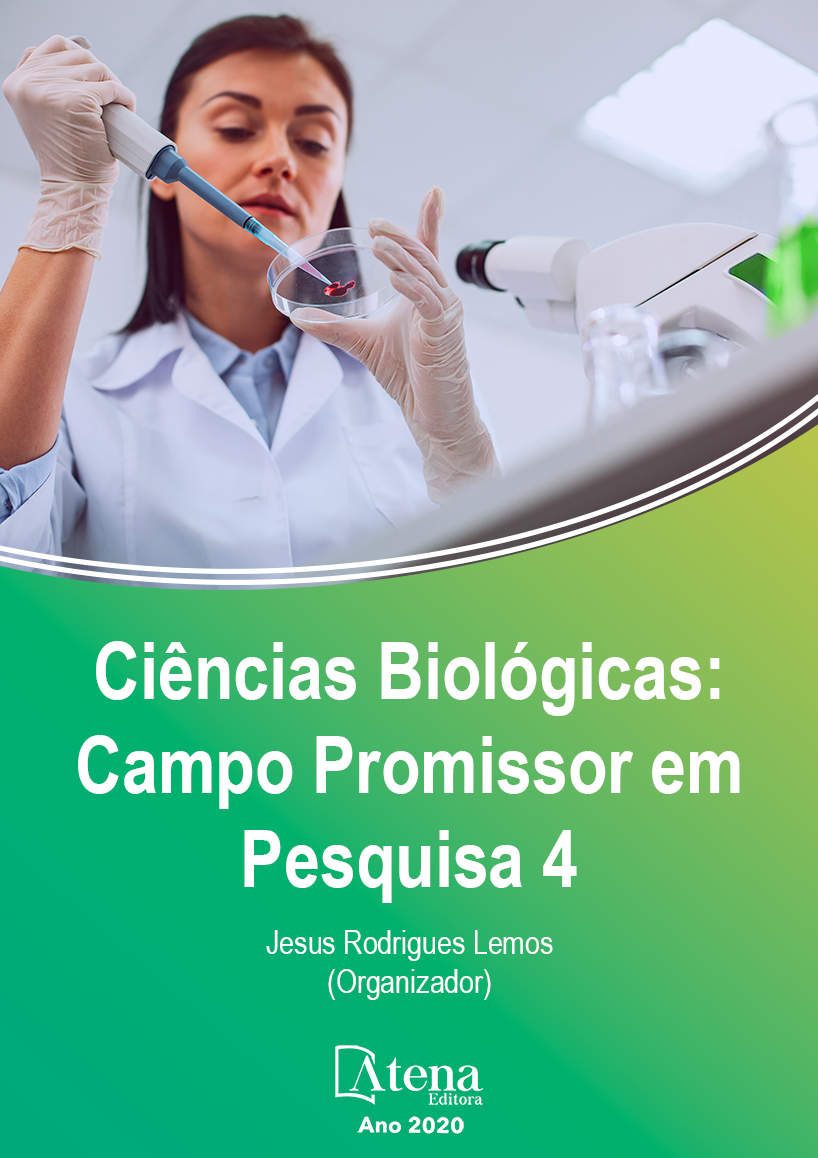
FORMAÇÃO DE BANCO DE SEMENTES (GERMOPLASMA) COM PLANTAS NATIVAS DA REGIÃO NORTE DO PIAUÍ
A grande elevação do desgaste de recursos genéticos tem aumentado o interesse em conservação e, com isso, surgiram os Bancos de Germoplasma. Estes apresentam, como principal objetivo, o resgate de espécies vegetais que se extinguiram ou que tenham importantes características biológicas a serem preservadas ou, ainda, que estejam em risco de extinção. Este trabalho tem como finalidade inventariar espécies vegetais nativas, em seu estádio fértil, de uma área de vegetação subcaducifólia no norte do Piauí, para que se alcancem frutos e sementes, sendo estes últimos utilizados para se formar um banco de sementes destas espécies. Foram realizadas, mensalmente, caminhadas aleatórias ao longo de toda a extensão da área trabalhada (Sítio da Gurita-Bom Princípio, norte do Piauí) para a coleta de sementes (em média 800 por espécie) em seu estado de maturação fisiológica. Em laboratório, as sementes foram beneficiadas e acondicionadas em recipientes de vidros, com tampas presas neste por garras e vedados com um filme de parafina plástica, e armazenados na câmara fria da Universidade Federal do Delta do Parnaíba. Até o presente momento foram coletadas sementes de 17 espécies distribuídas em seis famílias botânicas. Com as espécies coletadas até o momento foi possível inicializar, efetivamente, um banco de germoplasma na citada Universidade, ainda inexistente para plantas da região, salvaguardando diásporos de espécies vegetais nativas. Este banco pode tornar-se um subsídio para a comunidade escolar, como material didático, além da função social/ambiental no que concerne à possibilidade de recolonização de áreas degradadas.
FORMAÇÃO DE BANCO DE SEMENTES (GERMOPLASMA) COM PLANTAS NATIVAS DA REGIÃO NORTE DO PIAUÍ
-
DOI: 10.22533/at.ed.4042024064
-
Palavras-chave: Banco de sementes, diásporos, vegetação xerófita.
-
Keywords: Seed bank, diaspores, xerophytic vegetation
-
Abstract:
The great increase in the wear and tear of genetic resources has increased the interest in conservation and, with that, the Germplasm Banks appeared. These have, as main objective, the rescue of plant species that have become extinct or that have important biological characteristics to be preserved or, still, that are at risk of extinction. This work aims to inventory native plant species, in their fertile stage, from an area of subcaducifolia vegetation in the north of Piauí state, so that fruits and seeds can be reached, the latter being used to form a seed bank of these species. Random walks were carried out monthly along the entire extension of the worked area (Sítio da Gurita-Bom Princípio, northern Piauí state) to collect seeds (on average 800 per species) in their state of physiological maturation. In the laboratory, the seeds were processed and placed in glass containers, with lids attached by claws and sealed with a plastic paraffin film, and stored in the cold chamber of the Federal University of Delta do Parnaíba. To date, seeds of 17 species have been collected, distributed in six botanical families. With the species collected so far, it was possible to effectively start a germplasm bank at the aforementioned University, which does not yet exist for plants in the region, safeguarding diaspores of native plant species. This bank can become a subsidy for the school community, as didactic material, in addition to the social / environmental function with regard to the possibility of recolonizing degraded areas.
-
Número de páginas: 19
- Maria da Conceição Sampaio Alves Teixeira
- Jesus Rodrigues Lemos
- Iara Fontenele de Pinho


